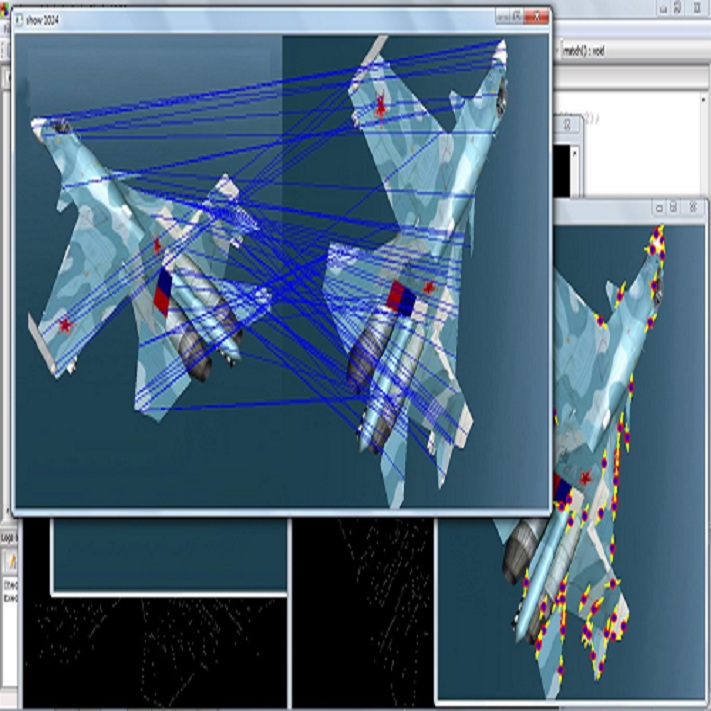The majority of deep learning (DL) based deformable image registration methods use convolutional neural networks (CNNs) to estimate displacement fields from pairs of moving and fixed images. This, however, requires the convolutional kernels in the CNN to not only extract intensity features from the inputs but also understand image coordinate systems. We argue that the latter task is challenging for traditional CNNs, limiting their performance in registration tasks. To tackle this problem, we first introduce Coordinate Translator, a differentiable module that identifies matched features between the fixed and moving image and outputs their coordinate correspondences without the need for training. It unloads the burden of understanding image coordinate systems for CNNs, allowing them to focus on feature extraction. We then propose a novel deformable registration network, im2grid, that uses multiple Coordinate Translator's with the hierarchical features extracted from a CNN encoder and outputs a deformation field in a coarse-to-fine fashion. We compared im2grid with the state-of-the-art DL and non-DL methods for unsupervised 3D magnetic resonance image registration. Our experiments show that im2grid outperforms these methods both qualitatively and quantitatively.
翻译:大部分深层学习(DL)基于可变化图像登记方法的多数基于深层次学习(DL)的变形图像登记方法都使用相容神经神经网络(CNN)来估计移动图像和固定图像的离位场。然而,这要求CNN的进化内核不仅从输入中提取强度特性,而且理解图像协调系统。我们争辩说,后一项任务对传统的CNN来说具有挑战性,限制了其在登记任务中的性能。为了解决这一问题,我们首先引入了协调翻译器,这是一个可辨别固定和移动图像与输出的相匹配特征的模块,而无需培训。它卸载了对CNN的图像协调系统的理解协调系统的负担,使其能够专注于特征提取。我们随后提出了一个新的可变式登记网络,即IM2Grid,它使用从CNNNC的编码中提取的分级特征的多重协调翻译器,在粗到松动的登记时输出一个变形的字段。我们把I2格和不统一的3D磁力再立图像登记方法进行了对比。



